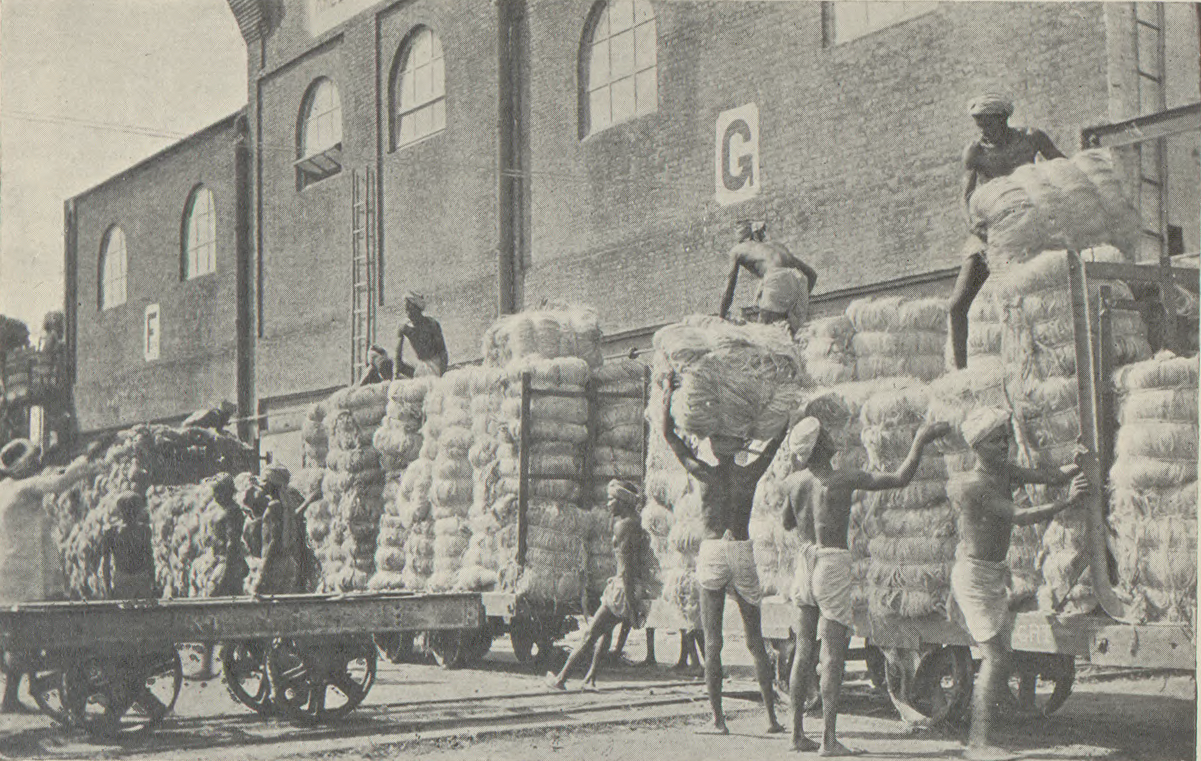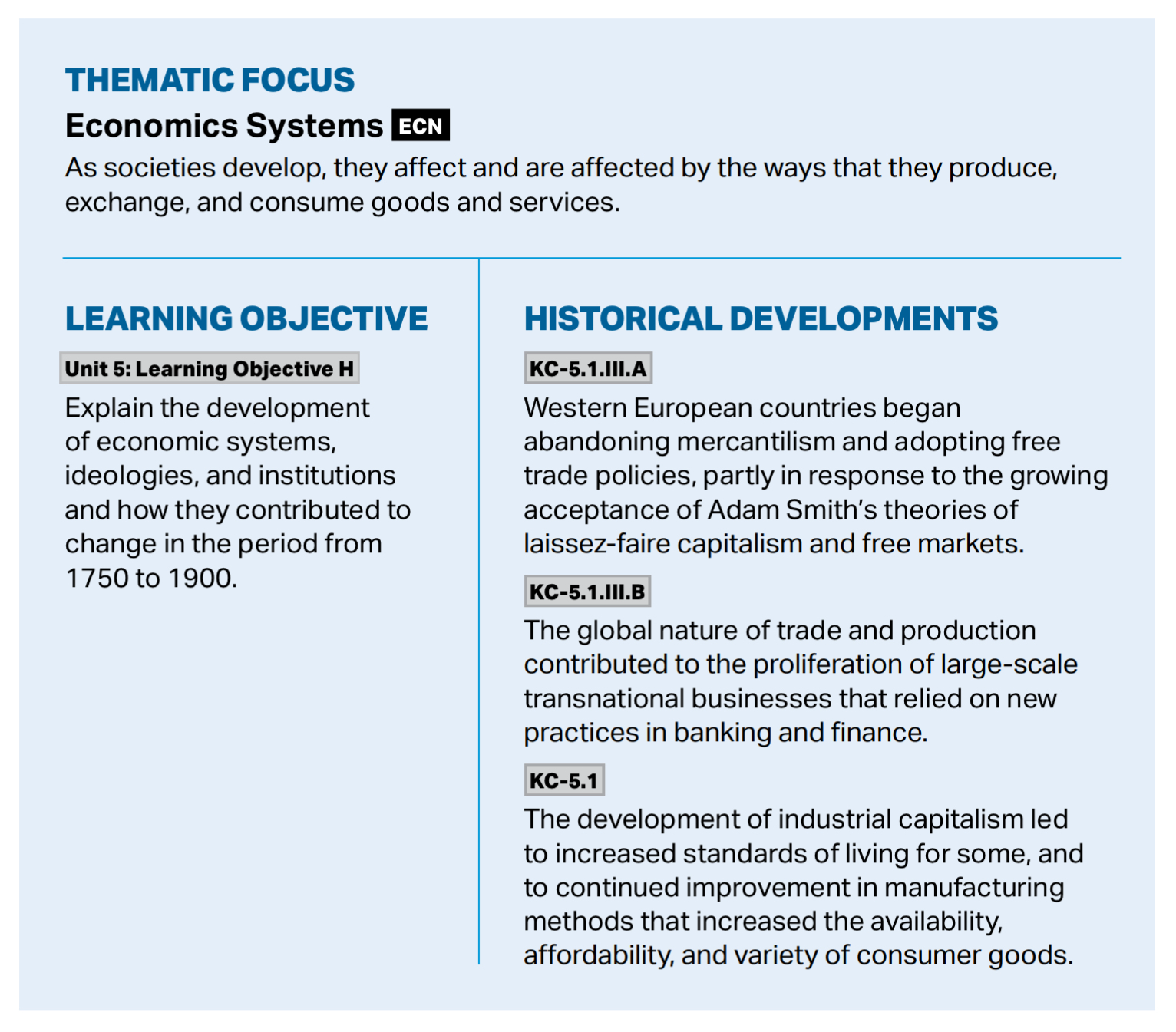“Evidences of Comfort and Comparative Civilization”: Teaching Industrialization and Improved Living Standards
Discussion of the effects of growing jute in Bengal on living standards


When we teach about the benefits and improved living standards of industrialization and industrial capitalism, we often focus on Europe and changes, such as the development of sewage systems. Industrial capitalism also enhanced some people’s living standards in colonized regions. The Bengali jute-growing regions are an excellent example of how industrial capitalism improved many Bengalis’ lives.
The Source
This Content is for Subscribers on the Buy Me Lunch and Buy Me Dinner tiers
SubscribeAlready have an account? Log in



